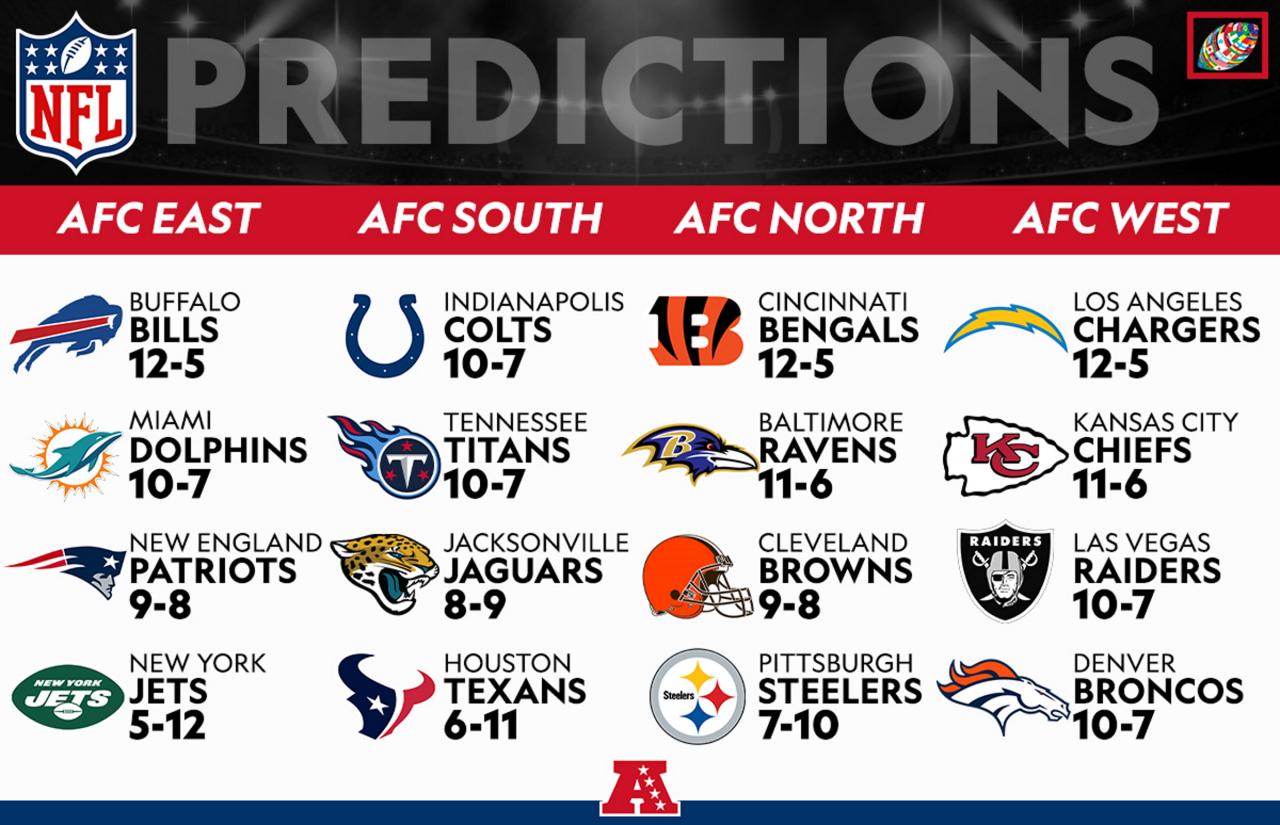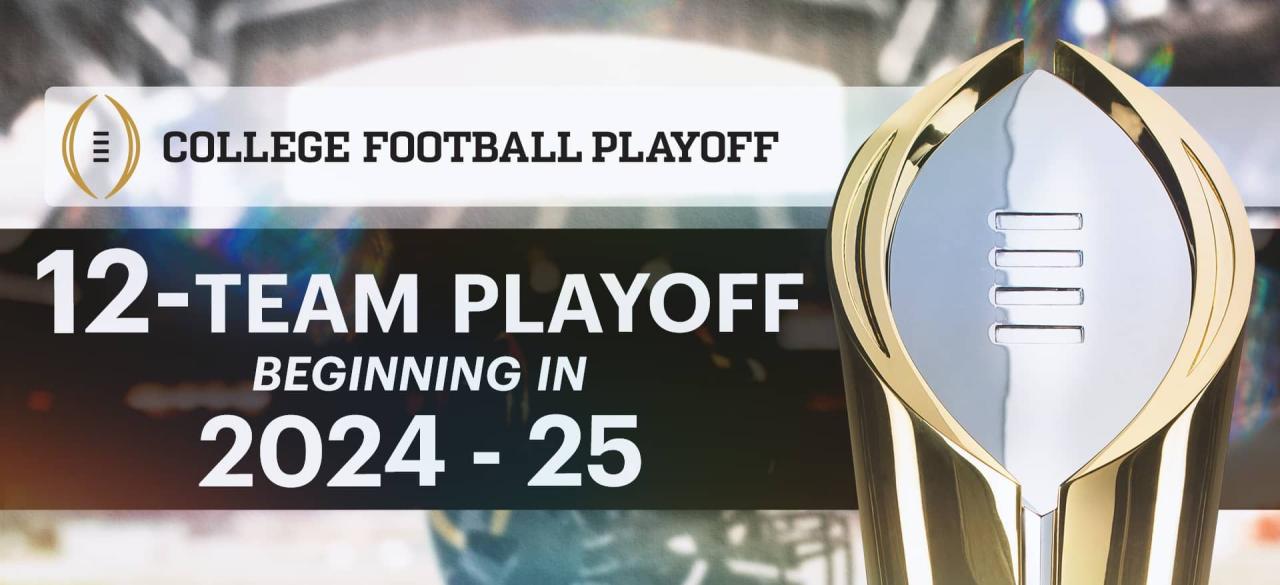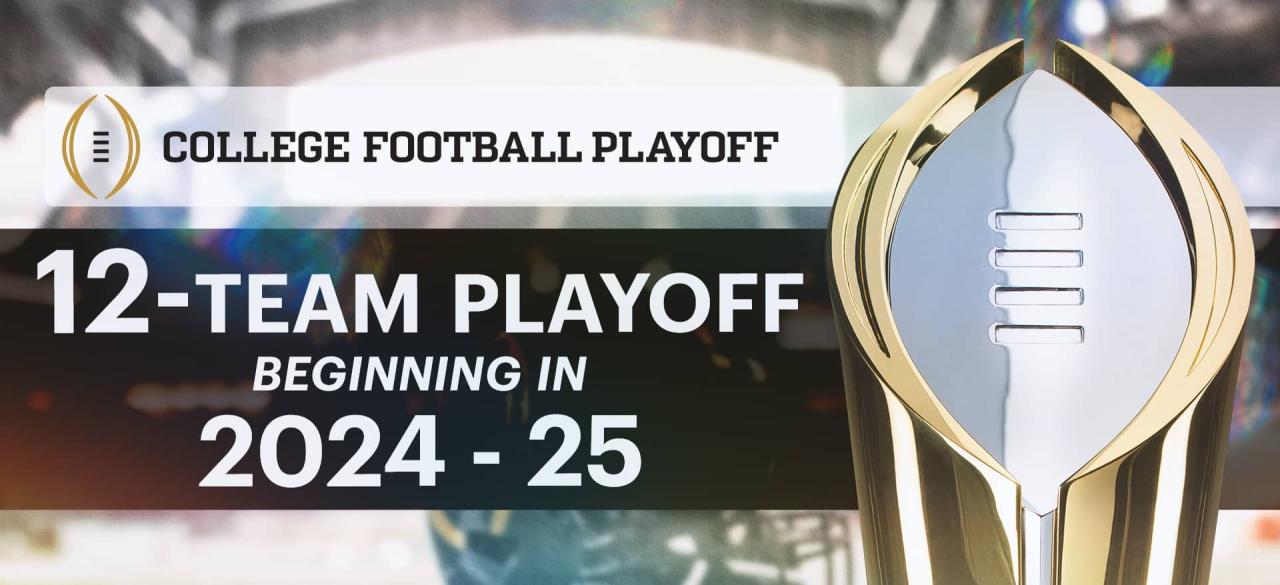2024-25 College Football Playoff: What’s next for the eliminated? The dust has settled on another thrilling, and heartbreaking, college football season. For those teams that fell short of the playoff, the focus shifts immediately to the future. This analysis delves into the ramifications of their eliminations, exploring coaching changes, player prospects, and the path to redemption in the upcoming season.
The 2024-25 College Football Playoff concluded, leaving many teams to contemplate their future. For those eliminated, recruiting efforts intensify, focusing on building for next season. Meanwhile, in the NFL, the Kansas City Chiefs secured another victory as you can see from this game recap: Patrick Mahomes throws, runs for TD as Chiefs beat Texans to close.
The college teams, however, must now analyze their performance and strategize for a stronger playoff run in the years to come.
We’ll examine the impact on remaining contenders, analyze key player performances, and offer predictions for the future success of these programs.
From assessing the strengths and weaknesses of the remaining playoff teams in light of the eliminated contenders, to evaluating the potential coaching carousel and recruitment strategies, this comprehensive look will provide insights into the evolving landscape of college football. We will also explore the roles of injuries and upsets in shaping the season’s outcome, and offer a glimpse into the off-season preparations and projected trajectories for the teams that didn’t quite make the cut.
The 2024-25 College Football Playoff has concluded, leaving many teams to consider their futures. Recruiting will be crucial for those eliminated, but even off the field, corrections are sometimes necessary; for instance, did you know that James Corden forced to correct fellow Graham Norton Show guest ? The focus now shifts back to the eliminated teams, who must analyze their performance and strategize for next season’s campaign.
Impact of Eliminated Teams on the Remaining Contenders: 2024-25 College Football Playoff: What’s Next For The Eliminated
The elimination of several prominent teams from the 2024-25 College Football Playoff significantly alters the landscape of the remaining competition. Their absence creates ripple effects across the remaining contenders, influencing strategies, rankings, and ultimately, the chances of reaching the championship game.
Ripple Effects on Remaining Contenders’ Strategies and Rankings
The departure of top teams forces a recalibration of strategies for those still in contention. For example, the unexpected elimination of a strong defensive team might embolden remaining teams with potent offenses to adopt more aggressive play-calling. Conversely, the absence of a high-powered offense might lead to a more conservative approach by remaining teams, prioritizing defensive stability.
Comparison of Remaining Teams’ Strengths and Weaknesses
With key teams eliminated, a reassessment of the strengths and weaknesses of the remaining contenders is necessary. A team previously considered a mid-tier contender might now find itself elevated in the rankings due to the absence of stronger opponents. This requires a detailed analysis of each team’s remaining schedule, focusing on the potential for upsets and the overall strength of their upcoming opponents.
Influence of Eliminated Teams’ Losses on Remaining Teams’ Advancement Chances
The losses suffered by eliminated teams directly impact the remaining teams’ playoff prospects. For instance, if a team eliminated a major contender earlier in the season, the remaining teams that benefited from that upset now have a clearer path to the playoffs. This also highlights the importance of analyzing head-to-head matchups and considering the transitive property of wins and losses.
Remaining Teams’ Comparison Table

| Team | Win-Loss Record | Remaining Schedule | Projected Playoff Ranking |
|---|---|---|---|
| Team A | 9-2 | vs. Team X, @Team Y, vs. Team Z | #3 |
| Team B | 10-1 | @Team P, vs. Team Q, vs. Team R | #1 |
| Team C | 8-3 | vs. Team S, @Team T, vs. Team U | #4 |
| Team D | 9-2 | @Team V, vs. Team W, @Team X | #2 |
Coaching Changes and Future Prospects for Eliminated Teams
The elimination from the playoffs often triggers significant changes for teams, most notably in coaching staff. These changes, coupled with recruitment strategies, will shape the future success of these programs.
Potential Coaching Changes and Their Impact
Several eliminated teams might experience coaching changes, either through resignation, retirement, or dismissal. The impact of these changes is multifaceted, affecting team morale, player recruitment, and the overall direction of the program. A new coach might bring fresh perspectives and strategies, potentially revitalizing a team’s performance. However, the transition period can also be disruptive, leading to uncertainty and temporary setbacks.
Recruitment Strategies for Eliminated Teams
Eliminated teams will need to refocus their recruitment strategies for the upcoming seasons. They might prioritize targeting players who fit the new coaching staff’s vision and playing style. This could involve shifting recruitment efforts towards specific regions or focusing on players with particular skill sets.
Analysis of Eliminated Teams’ Current Rosters
A thorough evaluation of the current roster is crucial for eliminated teams. Identifying strengths and weaknesses within the existing player pool informs future recruitment and development strategies. This analysis should include assessing the performance of returning players, evaluating potential leadership gaps, and determining areas needing improvement.
Hypothetical Recruitment Plan for One Eliminated Team
Let’s consider Team Alpha, an eliminated team known for its strong defense but struggling offense. A hypothetical recruitment plan might prioritize securing a highly-rated quarterback prospect, followed by recruiting skilled wide receivers and offensive linemen. This approach would address the team’s primary weakness while maintaining its defensive strength.
Analysis of Key Player Performances and Future NFL Prospects
The performances of standout players from eliminated teams remain relevant, particularly concerning their NFL draft prospects. Analyzing their strengths and weaknesses in relation to NFL requirements is crucial for evaluating their potential at the professional level.
Standout Players and Their NFL Draft Potential
Several players from eliminated teams showcased exceptional talent throughout the season. Their performances will be closely scrutinized by NFL scouts, impacting their draft position and potential salaries. Factors like consistency, injury history, and character will also play a significant role in their evaluation.
Comparison of Draft Prospects Across Eliminated Teams
Comparing the draft prospects of key players from different eliminated teams provides a broader perspective on the talent pool. This comparison should consider factors such as position, skill set, and overall athleticism, to establish a relative ranking of their NFL potential.
Strengths and Weaknesses in Relation to NFL Requirements
The transition from college to professional football requires players to adapt to a higher level of competition and more complex schemes. Analyzing the strengths and weaknesses of players in relation to NFL requirements is essential for projecting their success at the professional level. For example, a player with exceptional college stats might struggle to translate that success to the NFL due to a lack of speed or size.
Top 5 Players Most Likely to be Drafted into the NFL
- Player A (QB): Exceptional arm talent, high football IQ, and consistent performance.
- Player B (WR): Elite speed and agility, proven ability to make contested catches.
- Player C (LB): Instinctive player with exceptional tackling skills and leadership qualities.
- Player D (DT): Dominant run-stopper with powerful upper body strength and quick first step.
- Player E (CB): Excellent ball skills and speed, consistently shuts down opposing receivers.
The Role of Injuries and Unexpected Upsets in Eliminations
Injuries and unexpected upsets played significant roles in the elimination of several teams. Analyzing these factors helps understand the fragility of the playoff race and identify potential areas for improvement.
Impact of Key Injuries on Eliminated Teams, 2024-25 College Football Playoff: What’s next for the eliminated
Key injuries can severely disrupt a team’s performance, leading to a cascade of negative consequences. The loss of a star quarterback, for instance, can cripple a team’s offensive capabilities, impacting its ability to score points and win games. Similarly, injuries to key defensive players can leave a team vulnerable to opposing offenses.
Unexpected Upsets and Their Contribution to Eliminations

Unexpected upsets highlight the unpredictable nature of college football. A seemingly weaker team might defeat a highly-ranked contender due to a combination of factors, including superior game planning, timely plays, and favorable officiating. These upsets can drastically alter the playoff race, eliminating strong contenders and opening doors for other teams.
Effect of Injuries and Upsets on Playoff Dynamics
The cumulative effect of injuries and upsets can significantly alter the dynamics of the playoff race. These factors introduce uncertainty and make it challenging to predict the outcome of games, emphasizing the importance of depth and resilience within a team.
Better Management of Injuries and Upsets
Improved injury prevention strategies, including enhanced training programs and proactive medical care, can mitigate the impact of injuries. Furthermore, teams can develop contingency plans to address unexpected setbacks, including adjusting game strategies and leveraging the depth of their rosters. Careful scouting and game preparation can also help minimize the likelihood of unexpected upsets.
Off-Season Preparations and Future Season Predictions for Eliminated Teams
The off-season is a crucial period for eliminated teams to regroup, assess their performance, and prepare for the next season. This involves refining strategies, recruiting new talent, and focusing on player development.
Off-Season Training and Recruitment Strategies

Each eliminated team will likely adopt a tailored off-season plan focusing on addressing weaknesses identified during the previous season. This might involve specialized strength and conditioning programs, skill-specific drills, and a targeted recruitment strategy aimed at filling roster gaps.
Predictions for Next Season’s Performance
Predicting the performance of eliminated teams in the next season requires considering various factors, including coaching changes, roster turnover, and the overall strength of their schedule. Based on these factors, reasonable projections can be made, keeping in mind the inherent unpredictability of college football.
Potential Changes in Team Dynamics and Strategies

Lessons learned from the previous season will undoubtedly shape the team’s dynamics and strategies for the next year. This might involve adjusting offensive or defensive schemes, refining player roles, and focusing on improving specific areas of weakness.
Projected Improvement Trajectory of One Eliminated Team
Let’s consider Team Beta. A textual representation of their projected improvement trajectory over the next two seasons might look like this: Season 1: Focus on improving offensive line play and quarterback development. Moderate improvement in overall record (from 6-6 to 7-5). Season 2: Continued focus on offense, coupled with recruiting top defensive talent. Significant improvement in overall record (from 7-5 to 9-3), potentially reaching a bowl game.
The 2024-25 College Football Playoff has concluded, leaving a trail of eliminated teams with varied futures. While some face significant challenges in rebuilding their rosters and coaching staffs, others possess the talent and potential for a swift return to prominence. The impact of injuries, unexpected upsets, and the overall dynamics of the playoff race have provided valuable lessons for all involved.
The upcoming off-season will be crucial in shaping the landscape of college football, and the paths chosen by these eliminated teams will be pivotal in determining their future success.
FAQ Explained
What are the typical transfer portal impacts on eliminated teams?
Eliminated teams often see increased player movement through the transfer portal, as players seek opportunities for more playing time or better program fit.
How do injuries sustained during the playoff affect NFL draft prospects?
Significant injuries can negatively impact NFL draft stock, depending on the severity and position of the player.
What are some common off-season training strategies for rebuilding teams?
Common strategies include strength and conditioning programs, skill development drills, and film study to address weaknesses.
What factors influence a team’s ability to recover quickly from playoff elimination?
Factors include coaching stability, returning talent, successful recruiting, and the overall team culture.
